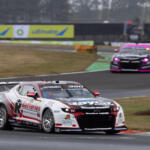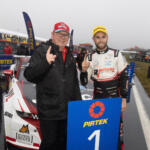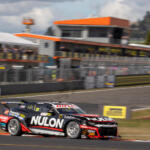PUSH TO DELAY GEN3 TO 2023
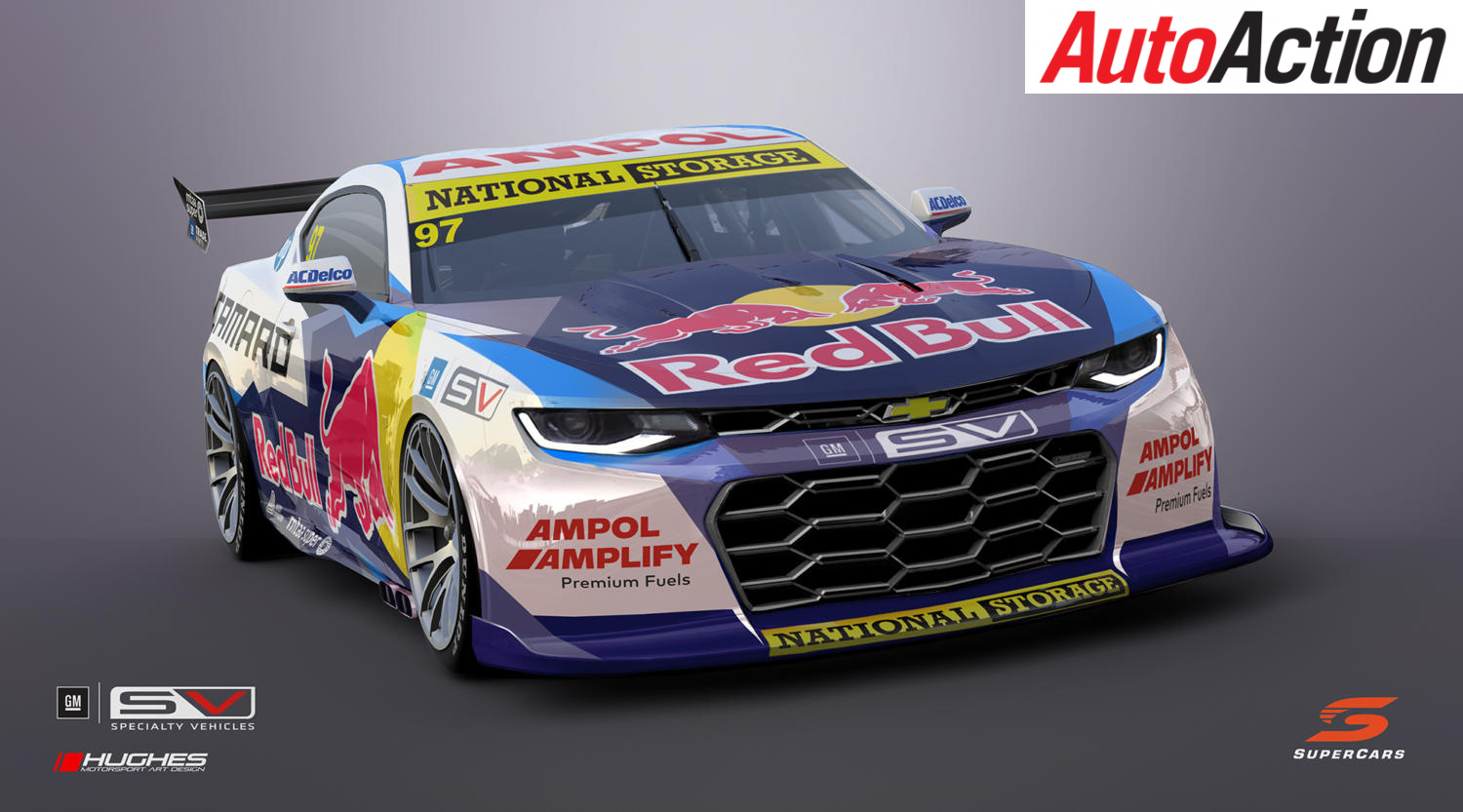
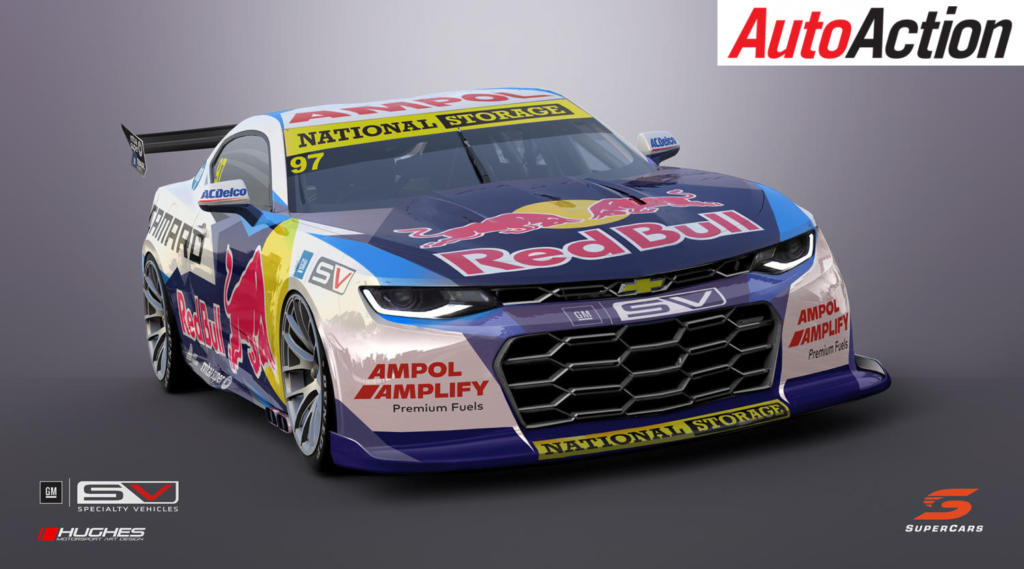
Push to delay Gen3 to 2023 – Image: Supplied
Gen3 is on target for next year despite concern among teams that the project is running so late that it will be a costly scramble to be ready in time.
By MARK FOGARTY
Supercars insists the design of the next generation Ford Mustang and Chevrolet Camaro racers is well advanced, with prototypes set to begin track trials in the middle of this year.
However, there is a growing feeling among many teams that the Gen3 project is running too late for comfortable introduction in 2022.
At best, they fear they will be forced into an intensive build program over the off-season that will send costs soaring, negating one of the primary reasons for the change.
Supercars’ stated aim is to reduce the price of a car by 30 per cent, reducing from $650,000-$700,000 to under $500,000.
But the latest estimate is that the new cars – including detuned V8s – will cost at least $500,000 and up to $650,000 for a premium package.
There is a push to delay Gen3 until 2023 for a more orderly and cost-efficient transition.
Supercars supremo Sean Seamer is adamant there are no serious delays and that prototype testing would begin in June or July.
“The (Gen3 working) committee made fantastic steps through the course of last year,” Seamer said. “We’ve had a longer off-season than usual and that’s been put to good use.
“The latest update I got from the committee was that we could expect prototypes around the middle of the year and we’ll be using different people to provide different updates throughout the course of the next few months, both in broadcasts and digitally, just to make sure that we’re sharing as much information as we possibly can to take everybody on the development journey.
“The (Gen3 development race) teams are working towards cutting laps (with prototypes) in the middle of the year.”
Pressed on whether the Gen3 program was behind schedule, he responded: “No, not at all. There are quite a few different work streams, as I’m sure you can imagine.
“There’s the development of the chassis, the CFD work going on with the aero package, the engine work that’s on-going, so it’s just striking the right balance between bringing the project to life and making sure that we’re not rushing things and that we’re actually able to put something out on track that very closely represents what will be racing next year.”
CFD (Computational Fluid Dynamics) is complex computer software that simulates air flow. It is a cheaper and increasingly more accurate alternative to wind tunnel testing.
Despite Seamer’s claim that Gen3 is on time, AUTO ACTION has learned that the original plan was to unveil the prototypes at the Australian Grand Prix.
But even before the AGP’s postponement from next month to November, the idea was canned because the build of the trial horses had slipped to mid-year.
One reason cited for the Gen3 delay is last year’s long road trips forced by the coronavirus crisis, which meant design work was often being done remote from the homologation teams’ home base computing facilities.
On behalf of Supercars, which is funding the Gen3 designs and owns the IP rights, Triple Eight is developing the Camaro shape to the new rules and DJR is working with PACE Innovations – which designed the current control platform – on the Mustang version.

CFD aero development for the intended road car-look shapes, aimed at reducing downforce and wake, is being shared between Supercars consultant D2H, Triple Eight and DJR/Ford Performance.
Meanwhile, teams remain sceptical that Gen3 will happen in 2022, citing the numerous delays, including the awarding of tenders for new control components
“It’s going to be a real battle to get there,” an informed source said.
Without a year’s postponement, teams are worried that they’ll be forced to rush build new cars at the end of this year and early next, adding to the cost.
“The package is so far behind now that making it work for 2022 would mean a highly stressful and expensive summer,” a team insider said. “The shorter the build time, the more expensive the cars are to build.”
The informant added that a minimum for a car and spares package is looking like at least $500,000.
Another source suggests a complete Triple Eight customer Camaro with basic back-up will cost $650,000.
Also still to be decided is who is paying for the teams’ wholesale conversion to Gen3 equipment – and how
Supercars is funding the design and development and has also indicated it will subsidise the changeover, the combined cost of which will be at least $12 million.
But teams are still waiting to hear if the assistance will be a lump sum grant or a low-interest loan.
Either way, the costly transition will impact the teams’ share of Supercars’ annual profit, with the aid coming off their dividends over a phased period.
Supercars argues the up-front expense will be amortised by much lower running costs over the minimum five years life of Gen3.
The aim is to reduce the annual cost of running a car to under $800,000.
For more of the latest Supercars news pick up the current issue of Auto Action. Also make sure you follow us on social media Facebook, Twitter, Instagram or our weekly email newsletter for all the latest updates between issues.



